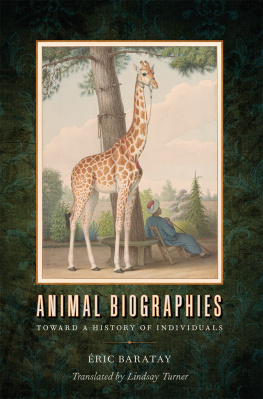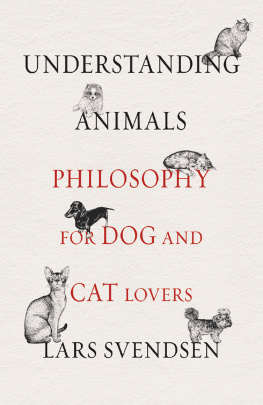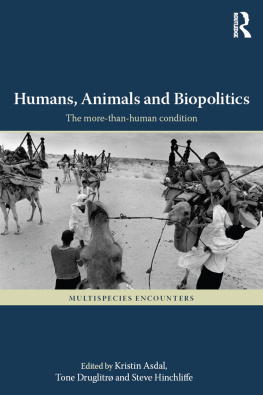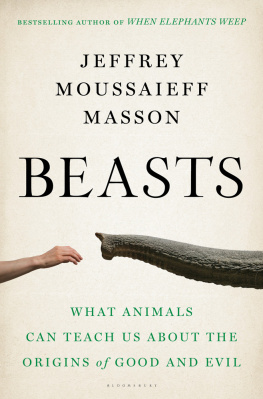Alan Mikhail - The Animal in Ottoman Egypt
Here you can read online Alan Mikhail - The Animal in Ottoman Egypt full text of the book (entire story) in english for free. Download pdf and epub, get meaning, cover and reviews about this ebook. City: Oxford/New York, year: 2016, publisher: Oxford University Press, genre: History. Description of the work, (preface) as well as reviews are available. Best literature library LitArk.com created for fans of good reading and offers a wide selection of genres:
Romance novel
Science fiction
Adventure
Detective
Science
History
Home and family
Prose
Art
Politics
Computer
Non-fiction
Religion
Business
Children
Humor
Choose a favorite category and find really read worthwhile books. Enjoy immersion in the world of imagination, feel the emotions of the characters or learn something new for yourself, make an fascinating discovery.
- Book:The Animal in Ottoman Egypt
- Author:
- Publisher:Oxford University Press
- Genre:
- Year:2016
- City:Oxford/New York
- Rating:5 / 5
- Favourites:Add to favourites
- Your mark:
The Animal in Ottoman Egypt: summary, description and annotation
We offer to read an annotation, description, summary or preface (depends on what the author of the book "The Animal in Ottoman Egypt" wrote himself). If you haven't found the necessary information about the book — write in the comments, we will try to find it.
Mikhail uses the history of the empires most important province, Egypt, to explain how human interactions with livestock, dogs, and charismatic megafauna changed more in a few centuries than they had for millennia. The human world became one in which animals social and economic functions were diminished. Without animals, humans had to remake the societies they had built around intimate and cooperative interactions between species. The political and even evolutionary consequences of this separation of people and animals were wrenching and often violent. This books interspecies histories underscore continuities between the early modern period and the nineteenth century and help to reconcile Ottoman and Arab histories. Further, the book highlights the importance of integrating Ottoman history with issues in animal studies, economic history, early modern history, and environmental history.
Carefully crafted and compellingly argued,The Animal in Ottoman Egypttells the story of the high price humans and animals paid as they entered the modern world.
Alan Mikhail: author's other books
Who wrote The Animal in Ottoman Egypt? Find out the surname, the name of the author of the book and a list of all author's works by series.












